Cracked Horse Hooves: Causes, Home Remedies & Prevention Tips
Cracked hooves are a common issue in horses, often caused by dryness, poor nutrition, or improper hoof care. Left untreated, they can lead to discomfort and even serious lameness. In this guide, we’ll explore effective home remedies, preventative care, and expert advice to ensure your horse’s hooves stay strong and healthy.
Cracked hooves are common in horses. They often happen due to dryness, poor nutrition, or not enough hoof care. If you don’t treat cracked hooves, your horse may feel pain and face serious health problems.
Home remedies can aid healing and stop more damage. One option is to apply warm coconut oil. It helps moisturize and improve hoof condition, especially in cracked spots. This guide offers natural methods to maintain your horse’s hooves. It includes home remedies for treating dry and cracked hooves. This helps ensure their comfort and well-being. You can visit Quora for home remedies for cracked horse hooves, where various users share helpful tips and advice.
What Causes Cracked Horse Hooves?
Most hoof cracks occur due to foot imbalance, which can be side to side or front to back (such as long toe/low heel conformation). Other common causes include:
- Improper trimming or shoeing – Irregular trimming leads to uneven hoof growth, increasing the risk of cracks.
- Hoof disease – Conditions like laminitis, thrush, or abscesses weaken hooves, making them prone to cracking.
- Extreme dryness or moisture – Dry conditions make hooves brittle, while excessive moisture softens them, both leading to cracks.
- Nutritional deficiencies – Lack of biotin, zinc, and copper weakens hooves, making them prone to splitting.
- Injury or trauma – Stepping on sharp objects or rough surfaces can cause cracks or splits.
- Genetics – Some horses naturally have weaker hooves due to hereditary traits.
Can Natural oils Help Repair Cracked Hooves?
Best Home Remedies for Treating Cracked Horse Hooves
1. Natural Oils for Moisturizing & Strengthening
Hooves need proper hydration and nutrients to stay strong. Natural oils work effectively to moisturize and protect the hoof wall:
- Coconut oil – Deeply hydrates and strengthens hoof structure.
- Jojoba oil – Mimics natural hoof oils, improving flexibility.
- Olive oil – Provides antioxidants that promote hoof regeneration.
- Tea tree oil – Has antimicrobial properties to prevent infections.
💡 Pro Tip: Before applying oils, clean hooves with a soft brush to remove dirt and debris for better absorption.
2. Healing Cracked Hooves with Honey
Honey is antibacterial, anti-inflammatory, and moisturizing, making it a powerful natural remedy for hoof cracks.
How to Apply Honey for Hoof Cracks:
- Thoroughly clean the hoof.
- Apply a thick layer of raw honey to the crack.
- Wrap the hoof with a clean bandage to keep dirt out.
- Repeat daily until the crack heals.
Important: Ensure your horse isn’t allergic to honey before applying it.
Looking for quality hoof care products? Check out our Tack & Equipment Listings for everything your horse needs.
3. Hoof Dressings: Are They Effective?
Hoof dressings can protect and moisturize cracked hooves, but they do not fix structural issues like thin walls or deep cracks. The key to long-term hoof health is addressing the root cause, such as improper trimming or nutritional deficiencies.
Hoof dressings protect and moisturize cracked hooves. But they don’t cure issues like thin walls or structural problems. The key is to create a healthy hoof. This means fixing the leverage forces that cause cracks. Also, a proper diet is essential. Consistent provision of both will promote strong, healthy barefoot hooves over time.
Can diet prevent hoof cracks?
Yes, diet plays a crucial role in preventing hoof cracks. A balanced diet with key nutrients helps hooves grow strong. Important nutrients include biotin, zinc, methionine, and omega-3 fatty acids. These support healthy hoof growth and strengthen the hoof wall. Giving your horse the right nutrients helps keep hooves strong. It can prevent brittleness and lower the chances of cracks. Regular supplementation and high-quality forage are key components of maintaining strong, resilient hooves.
The Role of Diet in Preventing Hoof Cracks
A well-balanced diet is essential for strong, crack-resistant hooves. Key nutrients include:
- Biotin – Supports keratin production for healthy hooves.
- Zinc & Copper – Strengthens hoof walls.
- Methionine – A vital amino acid for hoof growth.
- Omega-3 fatty acids – Enhance elasticity and prevent brittleness.
Providing high-quality forage and supplements ensures optimal hoof health. Regular supplementation with biotin and omega-3s can significantly reduce the risk of hoof cracks.
How to Protect Cracked Hooves During Healing
While home remedies work, protecting the hoof from further damage is crucial:
- Use hoof boots – Shields the crack from dirt and excess pressure.
- Limit exercise – Avoid hard surfaces or strenuous activity until the hoof heals.
- Maintain clean stalls – Wet or muddy conditions worsen hoof cracks.
Prevention: The Best Medicine for Hoof Health
Preventing cracked hooves is easier than treating them! Follow these best practices:
✅ Schedule regular farrier visits every 6–8 weeks.
✅ Provide a clean, dry living environment.
✅ Feed a nutrient-rich diet with biotin and omega-3s.
✅ Inspect hooves daily for early signs of cracking.
Looking for quality hoof care products? Check out our Tack & Equipment Listings for everything your horse needs.
When to Call a Farrier or Vet
Not all hoof cracks can be treated at home. Seek professional help if:
🚨 The crack is deep, bleeding, or near the coronary band.
🚨 Your horse is limping or refusing to bear weight.
🚨 There is pus, heat, or swelling, indicating an infection.
If your horse shows lameness, contact a veterinarian first. A farrier can assist with trimming and corrective shoeing for ongoing hoof issues.
You cannot fix all the cracks at home. Seek professional help if:
- The crack is deep, bleeding, or near the coronary band.
- Your horse is limping or refuses to bear weight.
- There is pus, heat, or swelling (signs of infection).
If your horse shows lameness, call your veterinarian first. A farrier can also help, especially with hoof problems.
Final Thoughts: Natural Hoof Health for a Happier Horse
Cracked hooves can be concerning, but with the right care and consistency, they can heal naturally. Address the root causes—whether environmental, nutritional, or mechanical—to promote long-term hoof strength.
✅ Use moisturizing oils and antimicrobial honey.
✅ Provide a biotin-rich diet for stronger hooves.
✅ Schedule regular farrier visits to prevent imbalances.
For equestrian advice and listings, visit Sell Your Horse.
Prevention is your greatest ally, and a little patience goes a long way in ensuring your horse’s hooves stay strong and healthy.
FAQ: Your Top Questions Answered
Can I use human moisturizers on horse hooves?
Avoid lotions with alcohol or fragrances—they dry hooves further. Stick to natural oils like coconut or olive oil.
How long does it take for a cracked hoof to heal?
Minor cracks may heal in 2–4 weeks with consistent care, while deeper cracks can take several months.
Will cracked hooves grow out naturally?
Yes! Hooves grow about 1/4 inch per month. Proper care ensures new growth is strong and crack-free.
Can I ride my horse with a cracked hoof?
Light riding may be okay for superficial cracks, but consult your farrier first. Avoid hard surfaces or jumping.
Prevention is your greatest ally, and a little patience goes a long way in ensuring your horse’s hooves stay strong and healthy.
Looking for more equestrian care tips? Visit our blog at www.sellyourhorse.co.uk/blog for more expert advice and horse care guides.

Welcome to Sell Your Horse, a platform dedicated to connecting equestrians with each other, making horse buying and selling easier and more transparent. With a focus on technology and community-building. My mission is to help like-minded equestrians find the right connections, share knowledge, and build a trusted equine network.





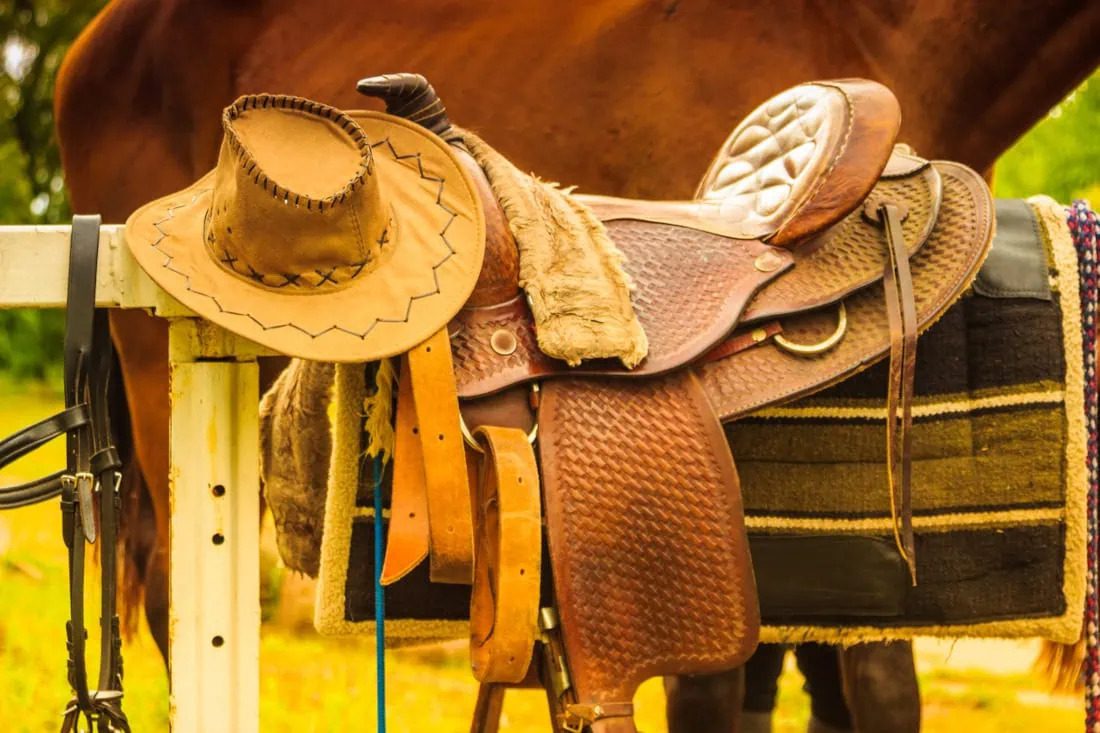
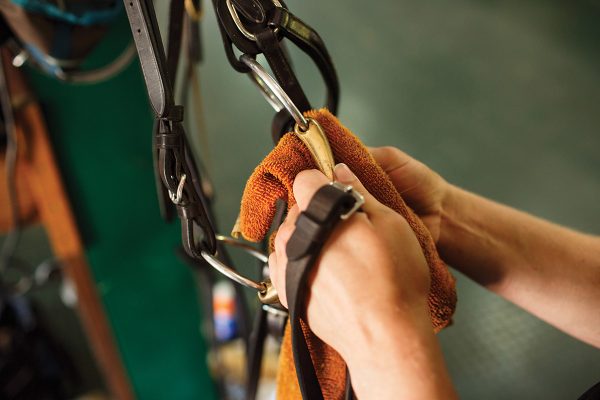

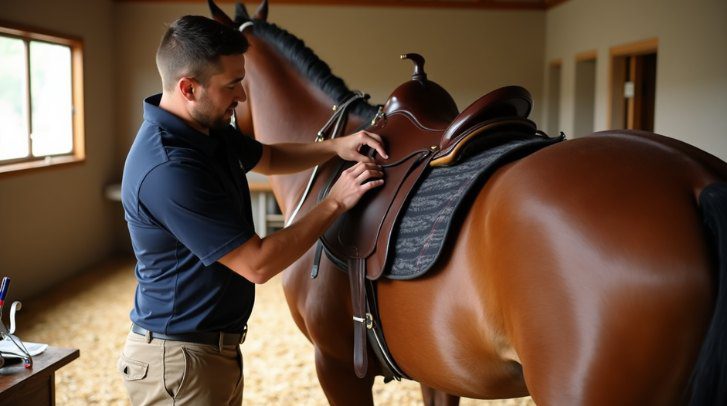
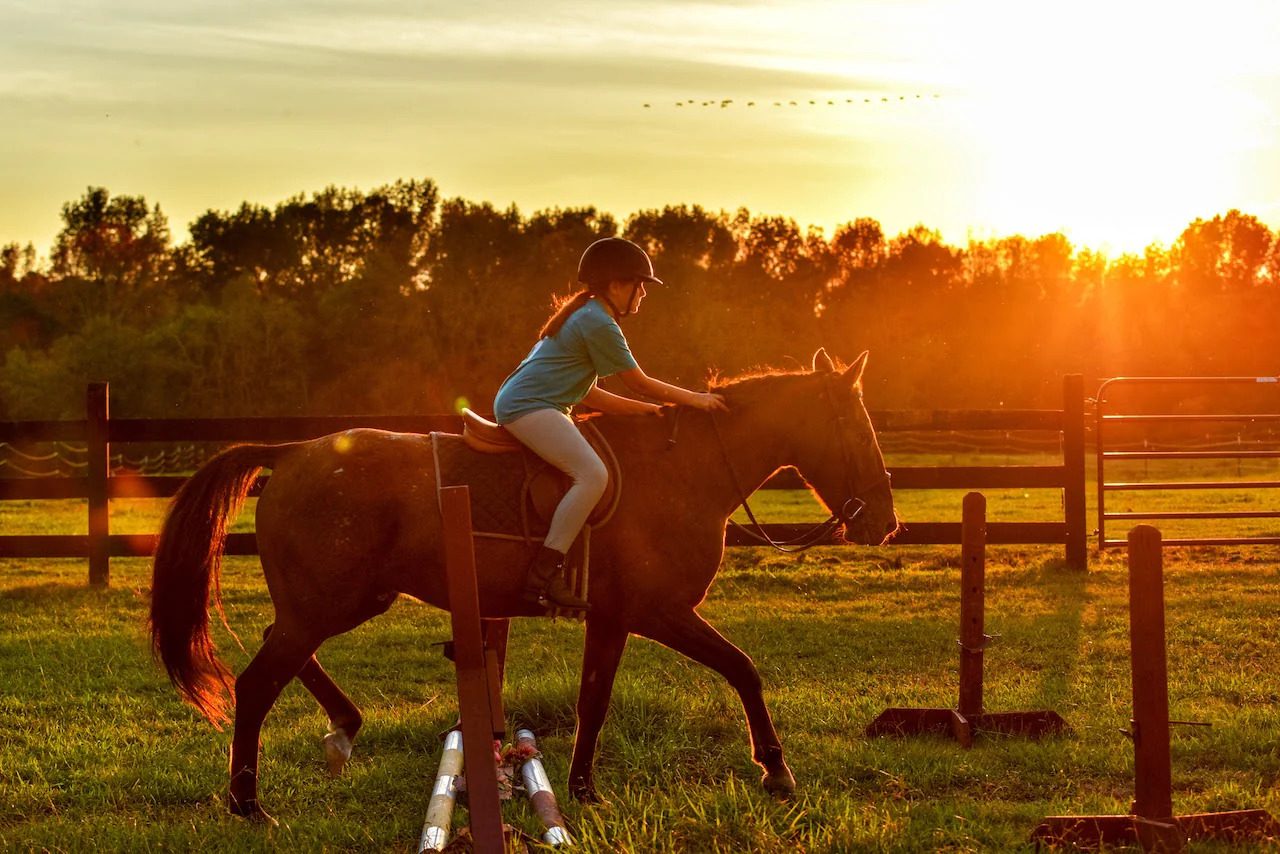
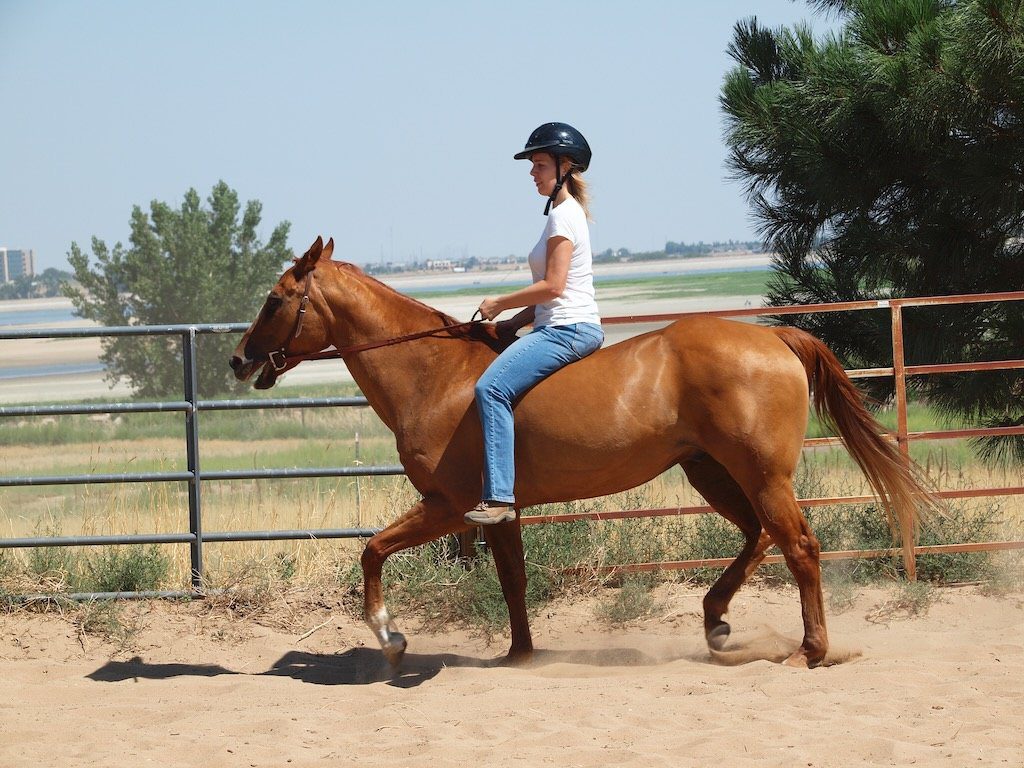
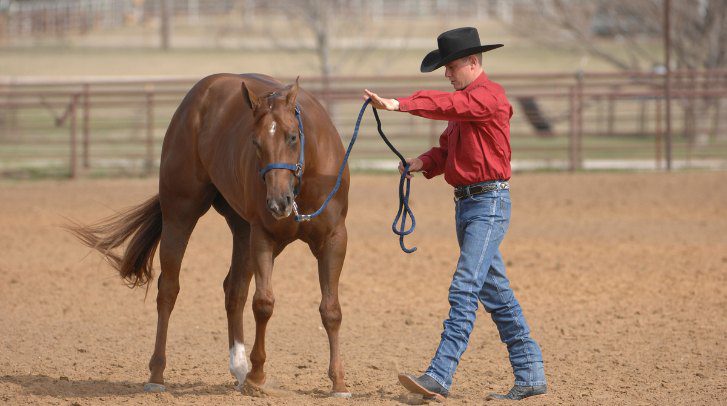
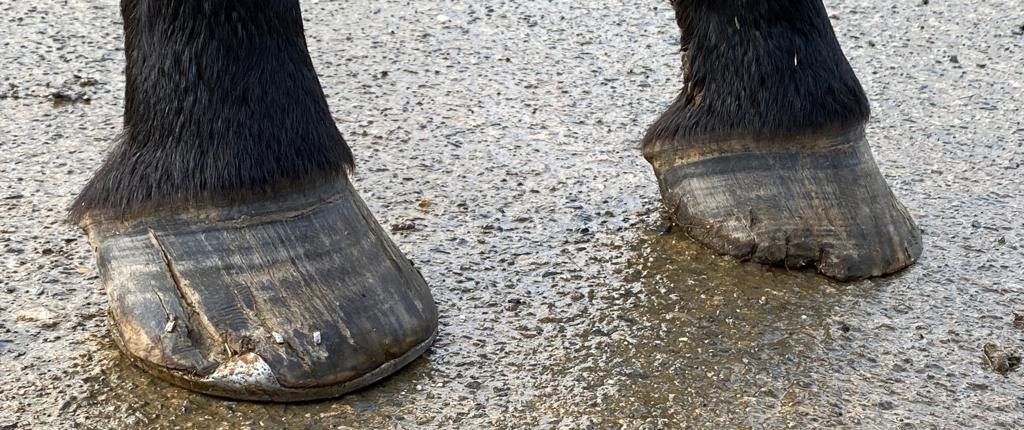
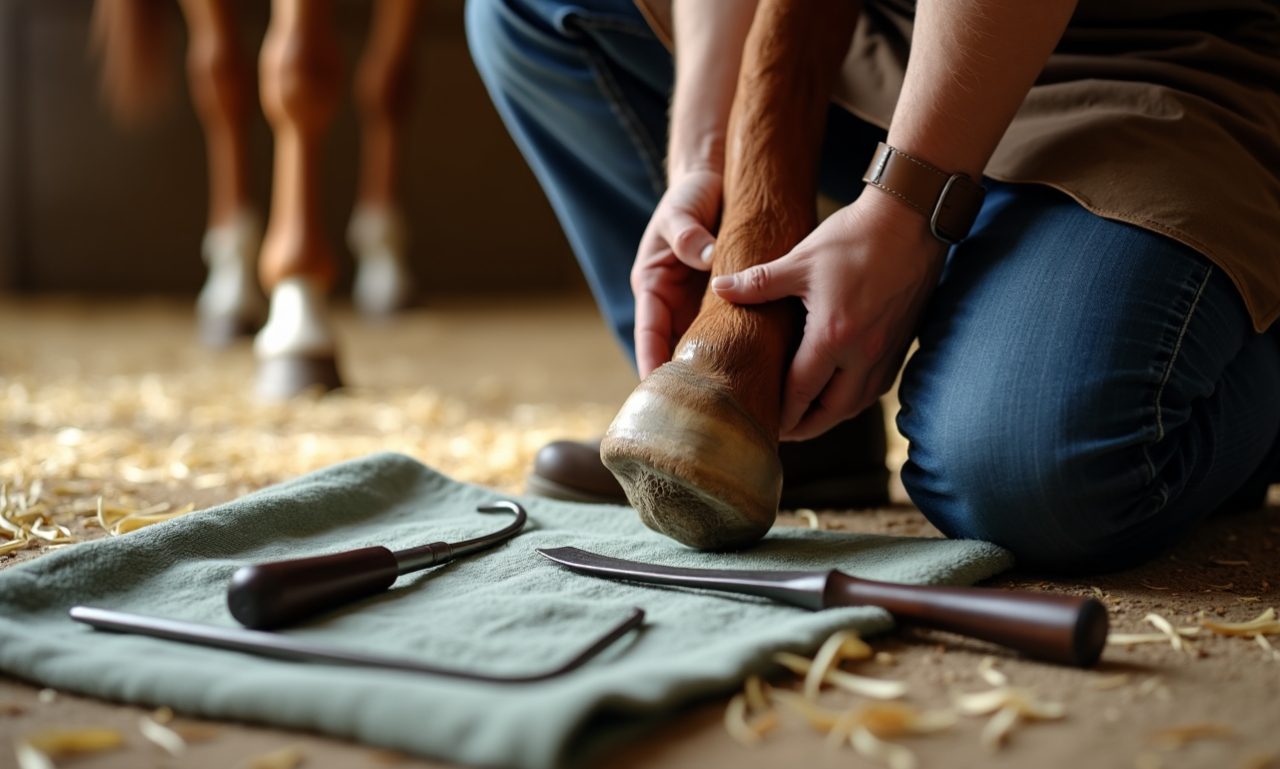


 Featured Listings
Featured Listings
 Adverts
Adverts
 Horses For Sale
Horses For Sale
 Tack & Equipment
Tack & Equipment
 Horseboxes & Trailers
Horseboxes & Trailers
 Equine Properties
Equine Properties
 4x4 Vehicles
4x4 Vehicles
 Horses For Loan
Horses For Loan
 Horses Wanted
Horses Wanted
 Stallions at Stud
Stallions at Stud
 Equine Services
Equine Services
 Riding Holidays
Riding Holidays
